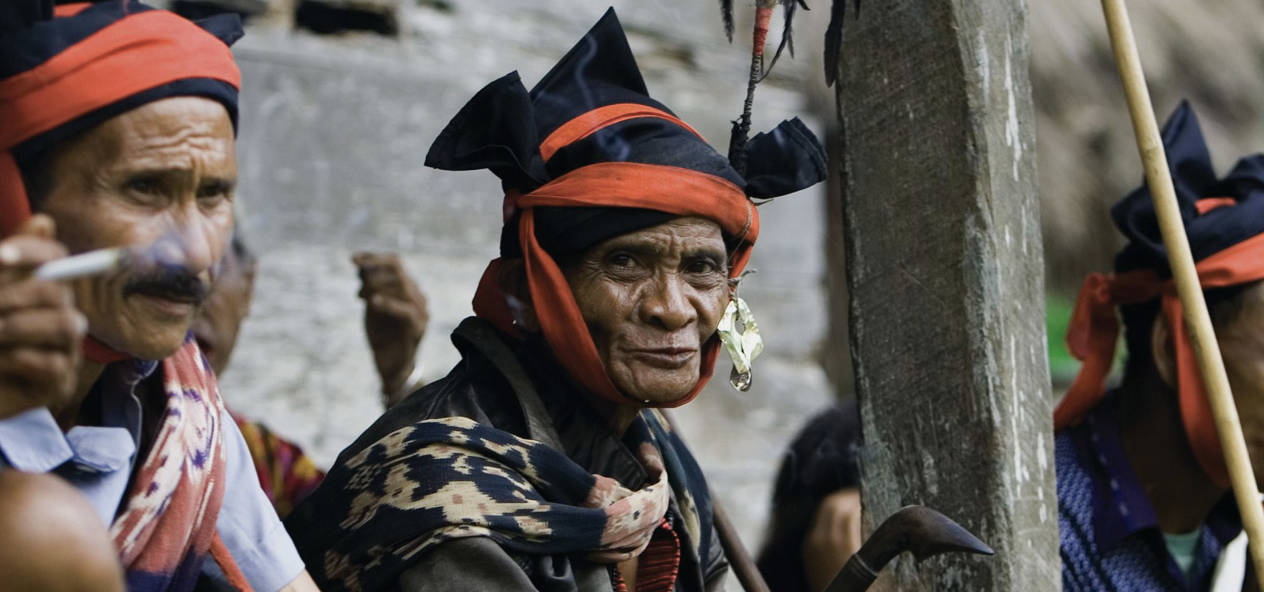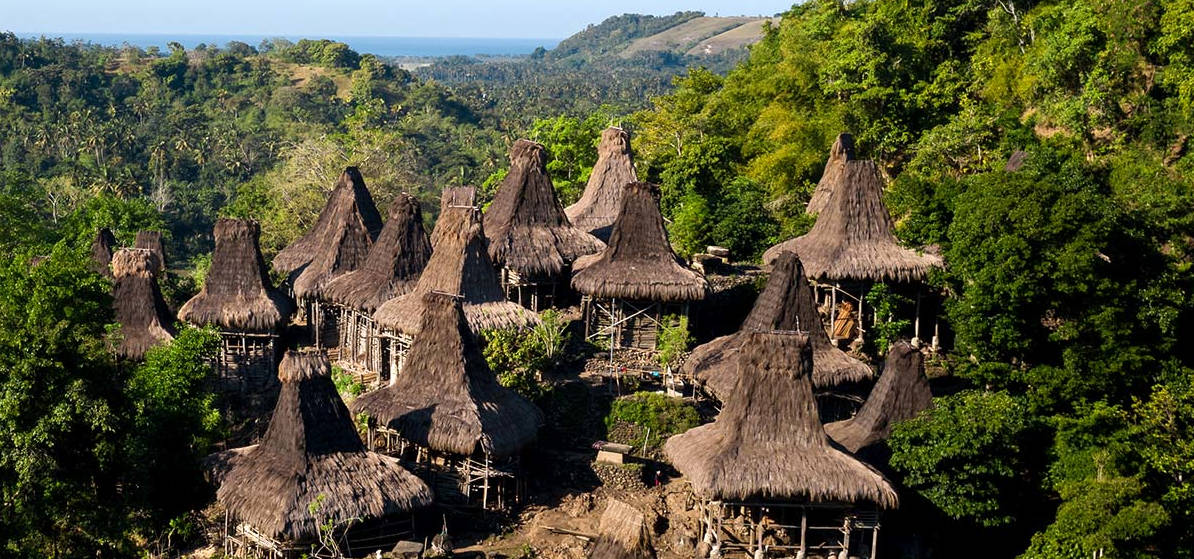Marapu is a belief, and a legacy that continues to live deep-rooted in Sumba Traditions and should continue to be preserved.
Deep-rooted in the Sumba tradition is this honorable ceremony for many Sumbanes. For them, these stones are not inanimate objects (dead monuments), but living monuments, which are closely attached to the religious rhythm of the community at this time. Ancestor worship remains at the core of each megalithic building construction, which is rooted in the Anakalang community’s original beliefs.
Marapu followers believe that there are gods living around them. They also believe that the spirits of their ancestors who have passed away are still alive, so they treat their ancestors in a special way. This special treatment, among others, is manifested in the form of periodic offerings offered to ancestral spirits.
Stone graves in West Sumba are almost always associated with residential houses, to maintain their closeness to family members who have died. This cannot be separated from the assumption that ancestral spirits can protect their living family. The location of the graves, which is generally in front of the house, also makes the surviving family reminded of their deceased ancestors and makes it easier for them to send prayers and offerings. The layout of stone coffins in West Sumba generally forms a linear pattern (elongated with a north-south, west-east orientation), or a circle (circular) where in the middle there is always a special place for sacrifices as the center of the sacred area.
The stone graves in West Sumba are made with a complicated and meticulous workmanship technique. Several types of stone graves, especially watu pawesi, are generally very finely carved and have a large decorative pattern, each of which has its own philosophical meaning.
The preparation for the stone pulling ceremony is more complicated and requires careful preparation because the object being pulled is a large and very heavy gravestone. On the rock also prepared a gong (katala) and drum (profit) as musical instruments to encourage the pullers. When the stone is pulled, logs, called the kalang, are used as a base that functions as a wheel. Logs of varying diameters but having an average length of four meters are laid along the path through which the rock will pass. The plinth does not have to cover the entire road, because the wood that has been traversed will be removed and put back in front of it until the stone reaches the place where the grave is located.

